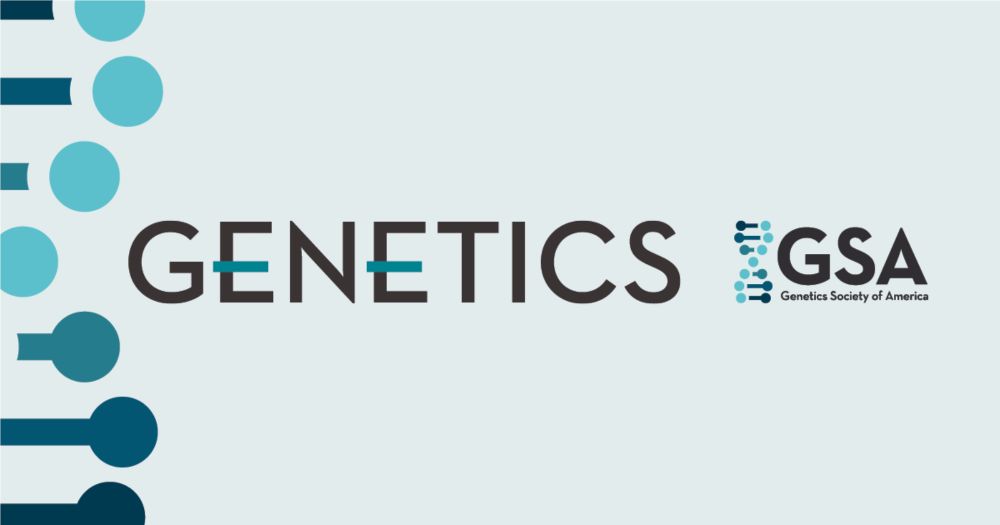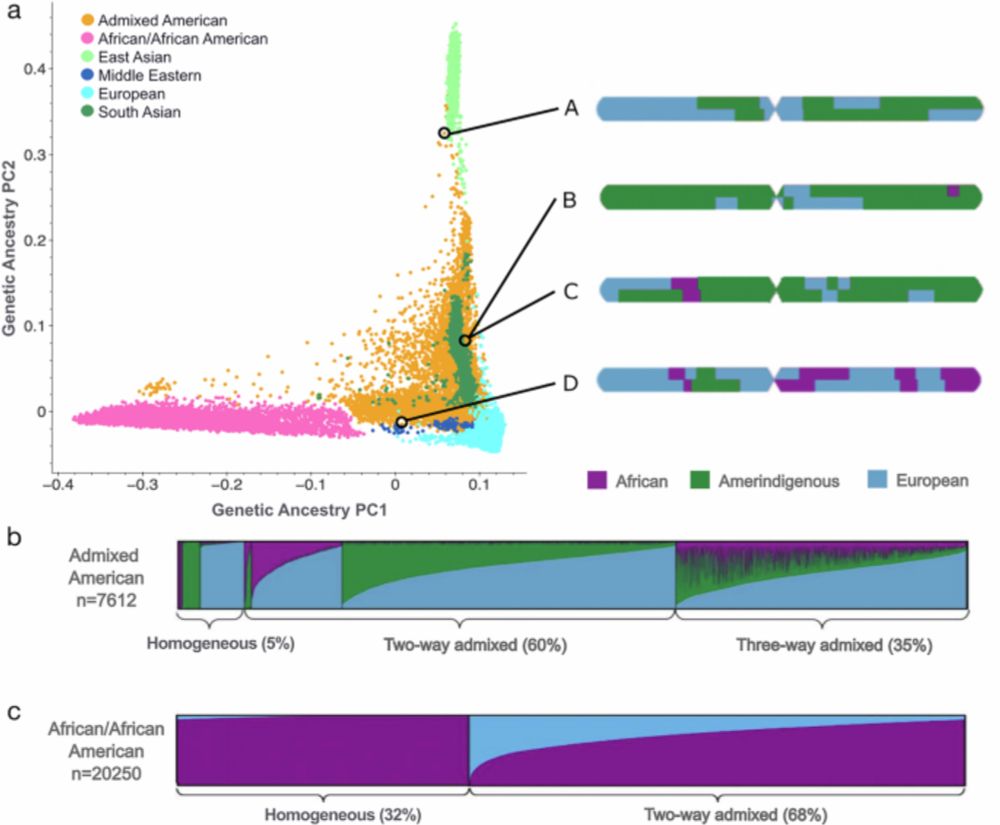Daniel E. Weeks
@statgendan.bsky.social
540 followers
1.1K following
57 posts
Statistical geneticist. Professor of Human Genetics and Biostatistics at the University of Pittsburgh. Assiduously meticulous.
Posts
Media
Videos
Starter Packs
Reposted by Daniel E. Weeks
Reposted by Daniel E. Weeks
Reposted by Daniel E. Weeks
Reposted by Daniel E. Weeks
Reposted by Daniel E. Weeks
Reposted by Daniel E. Weeks
Reposted by Daniel E. Weeks
Reposted by Daniel E. Weeks
Reposted by Daniel E. Weeks
Reposted by Daniel E. Weeks
Reposted by Daniel E. Weeks
Reposted by Daniel E. Weeks
Reposted by Daniel E. Weeks
Reposted by Daniel E. Weeks
Reposted by Daniel E. Weeks




















